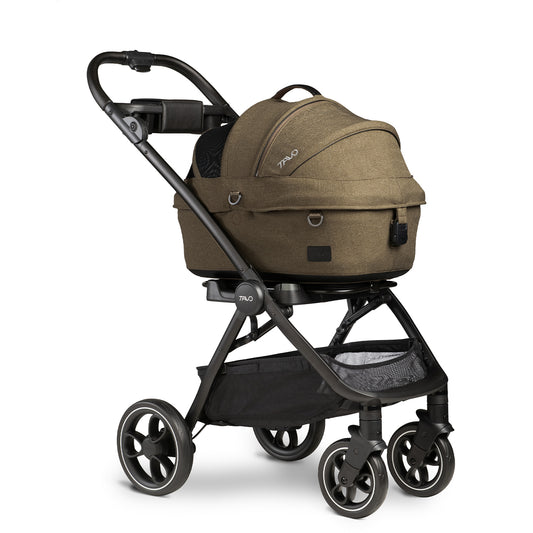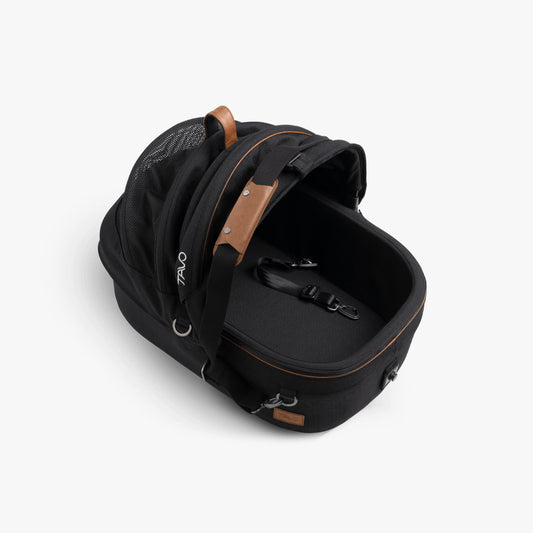Teaching your dog tricks is not only a fun way to bond with your pet, but it also stimulates their mind and improves their obedience. Whether you’re a seasoned dog owner or new to the world of canine companionship, learning how to teach your pet fun tricks can be a rewarding experience for both you and your dog. In this guide, we'll explore the best methods for dog training tricks, ensuring you and your furry friend enjoy the process.
Why Teach Your Dog Tricks?
Before diving into the specific tricks, it's essential to understand the benefits of training your dog. Teaching tricks is more than just a party trick—it's a way to enrich your dog's life. Here’s why you should consider adding some fun training sessions to your routine:
- Mental Stimulation - Dogs are intelligent creatures that need mental challenges to stay stimulated. Training tricks engages their brain, keeping them mentally stimulated and reducing the likelihood of boredom-related behaviours like chewing or barking.
- Strengthening the Bond - Training your dog creates a stronger bond between you and your pet. It fosters trust, improves communication, and enhances your dog's obedience, making them more responsive to your commands.
- Physical Exercise - Many tricks, such as rolling over or jumping, provide a good amount of physical exercise. This is especially beneficial for high-energy breeds that require more than just a daily walk to burn off energy.
- Socialisation and Confidence Building -Performing tricks in front of others can help boost your dog's confidence and social skills. It also provides an excellent opportunity to show off your pet's talents, making them the star of any gathering.
Essential Tips Before You Start
Before you begin teaching your dog tricks, it's crucial to lay the groundwork to ensure success. Here are some essential tips to keep in mind:
- Patience is Key - Teaching tricks requires patience. Dogs, like humans, learn at different paces, so it's essential to remain calm and encouraging throughout the training process. Avoid frustration, and remember that each small step forward is progress.
- Use Positive Reinforcement - Positive reinforcement is the most effective way to teach your dog tricks. Reward your dog with treats, praise, or playtime when they successfully perform a trick. This approach encourages them to repeat the behaviour.
- Keep Training Sessions Short - Dogs have short attention spans, so it's best to keep training sessions between 5 to 10 minutes long. Short, frequent sessions are more effective than long, infrequent ones. Aim for two to three training sessions per day.
- Consistency is Crucial - Consistency is essential in dog training. Use the same commands and gestures each time you practice a trick. This helps your dog understand what you’re asking and makes learning quicker.
- Choose the Right Environment - Start training in a quiet, distraction-free environment where your dog can focus on learning. Once they’ve mastered the trick in this setting, gradually introduce distractions to ensure they can perform the trick in various environments.

Step-by-Step Guide to Teaching Fun Dog Training Tricks
Now that you’re prepared, let’s dive into some fun tricks you can teach your dog. Remember to be patient, use positive reinforcement, and, most importantly, have fun!
Shake Hands
Command: "Shake"
This classic trick is a great starting point for beginners. It’s simple, and most dogs can learn it quickly.
Steps:
- Have your dog sit in front of you.
- Hold a treat in your hand and let your dog see it.
- Slowly move your hand close to your dog’s paw while saying, "Shake."
- Gently lift their paw and give them the treat immediately, accompanied by lots of praise.
- Repeat several times, and gradually, your dog will start lifting their paw on their own when they hear the command.
Roll Over
Command: "Roll Over"
Rolling over is a fun trick that also provides your dog with a bit of exercise.
Steps:
- Start with your dog in a lying down position.
- Hold a treat near their nose and slowly move it around to their shoulder, encouraging them to follow the treat with their head.
- As they turn their head, gently help them to roll over by guiding their body with your hand.
- Once they complete the roll, reward them with the treat and praise.
- Practice this trick in small increments, rewarding any progress until your dog can roll over completely on command.
Play Dead
Command: "Bang" or "Play Dead"
This trick is sure to impress your friends and family. It’s a bit more advanced, but with patience, your dog will catch on.
Steps:
- Start with your dog in a lying down position.
- Hold a treat near their nose and slowly move it over their head toward their shoulder.
- As their head follows the treat, gently guide their body into a lying-on-their-side position.
- Once they’re lying on their side, say the command "Bang" or "Play Dead," and reward them with a treat and praise.
- Repeat the process, gradually adding a dramatic pause before giving the treat.
Spin
Command: "Spin"
Spinning is a fun and straightforward trick that adds a bit of flair to your dog’s repertoire.
Steps:
- Have your dog stand in front of you.
- Hold a treat in front of their nose and slowly move your hand in a circular motion.
- As your dog follows the treat, they’ll naturally begin to spin.
- Once they complete the circle, reward them with the treat and praise.
- Practice this trick until your dog spins in response to the "Spin" command without needing the treat to guide them.
High Five
Command: "High Five"
This trick is similar to "Shake Hands" but adds a bit more excitement.
Steps:
- Start with your dog in a sitting position.
- Hold a treat in your hand, slightly higher than for the "Shake" command.
- Say "High Five" and wait for your dog to lift their paw.
- As they raise their paw, give them a gentle tap with your hand, simulating a high five, and then reward them with the treat.
- With practice, your dog will lift their paw for a high five on command.

Troubleshooting Common Challenges
Even with the best intentions, you might encounter some challenges when teaching your dog new tricks. Here’s how to address common issues:
- Your Dog Isn’t Interested - If your dog seems disinterested in learning tricks, try switching up the rewards. Some dogs prefer praise or playtime over treats. Also, ensure that training sessions are fun and engaging for your dog.
- Your Dog Is Distracted - If your dog gets easily distracted, try practicing in a quieter environment. As they improve, gradually introduce more distractions to build their focus.
- Progress Is Slow - Remember, patience is crucial. If progress is slow, break the trick down into smaller steps and reward even the smallest successes.
Teaching your dog fun tricks is a fantastic way to bond with your pet while providing them with the mental and physical stimulation they need. By following the tips and step-by-step instructions in this guide, you’ll be well on your way to mastering the art of dog training tricks. Remember to be patient, consistent, and, most importantly, enjoy the time spent with your furry friend.
With regular practice, your dog will not only learn new tricks but will also become a more confident and well-behaved companion. So grab some treats, and start teaching your pet some fun tricks today!


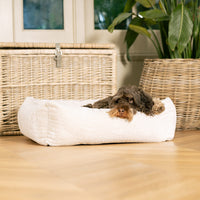

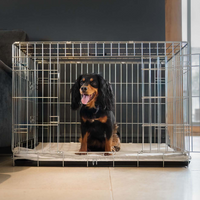
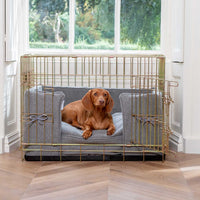
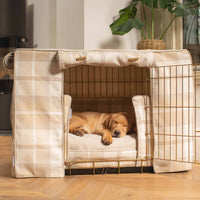
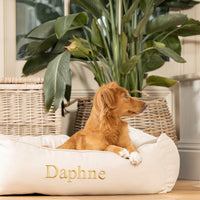
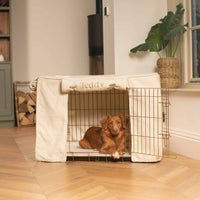
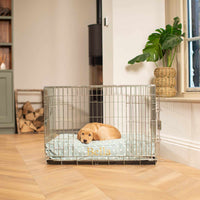
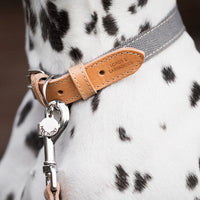



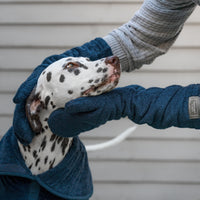

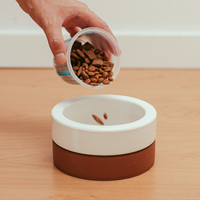
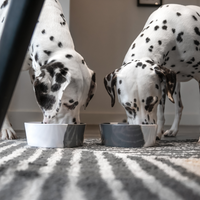
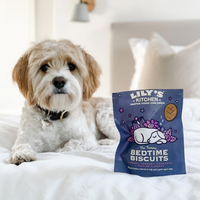
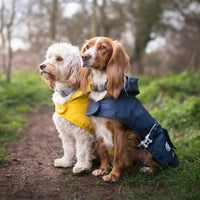
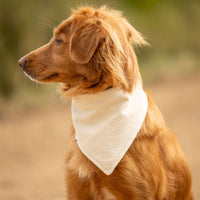
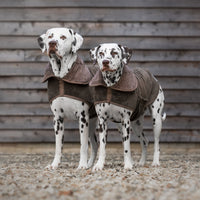
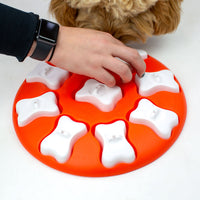
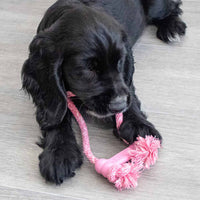

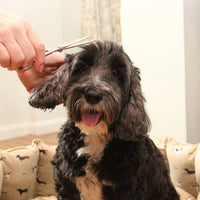

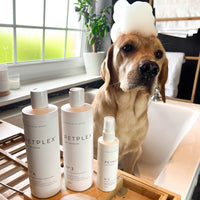

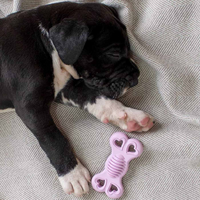
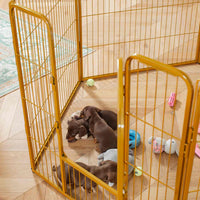
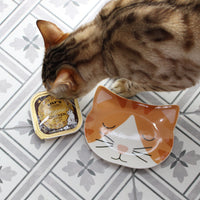
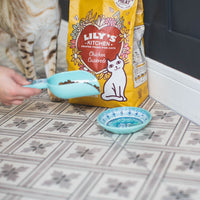
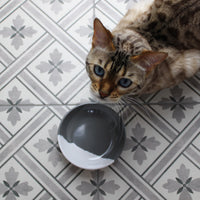
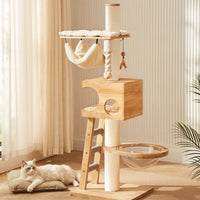
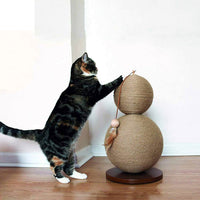
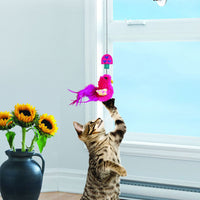
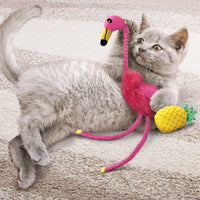
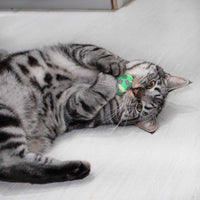
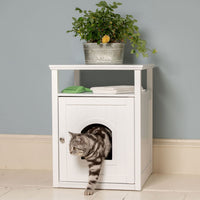
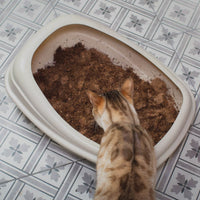
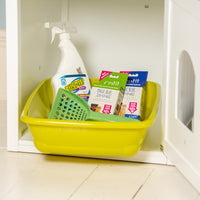
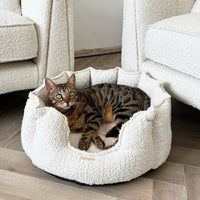
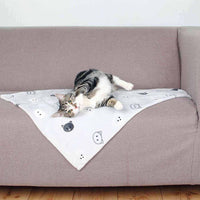
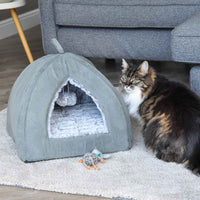
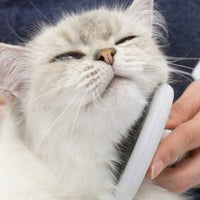

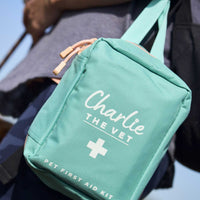
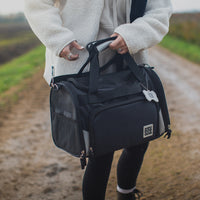

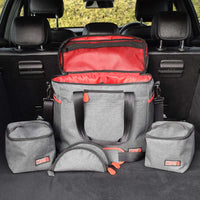

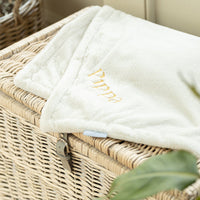
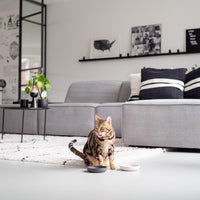
.jpg?v=1723720097035&options=)



















